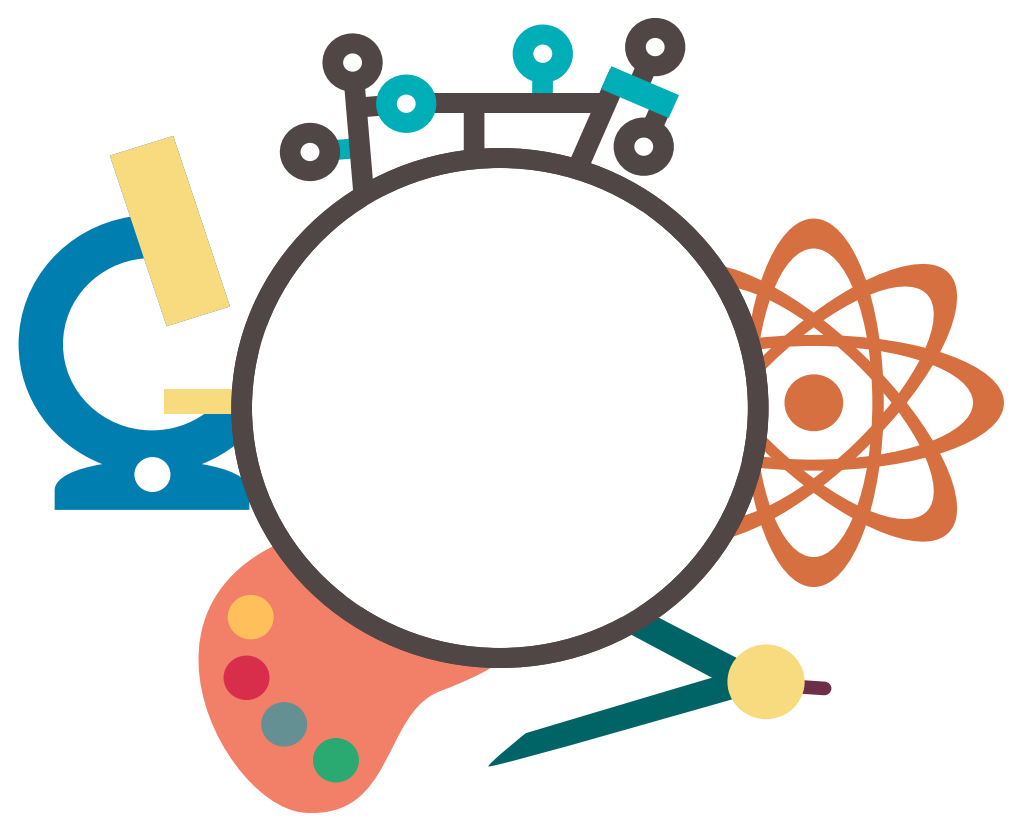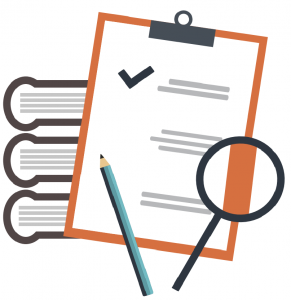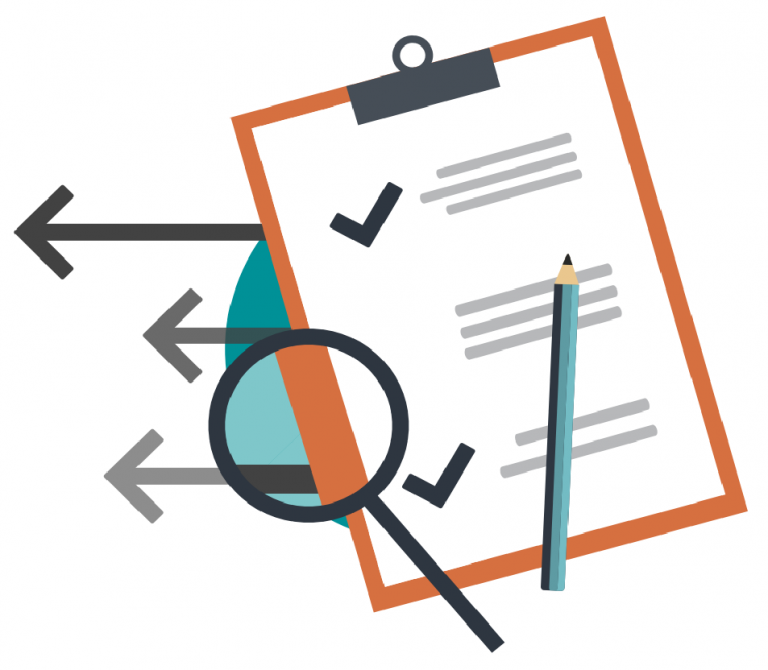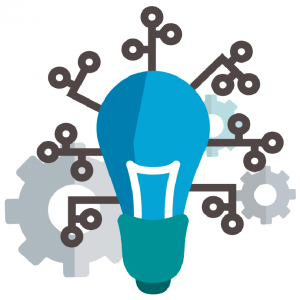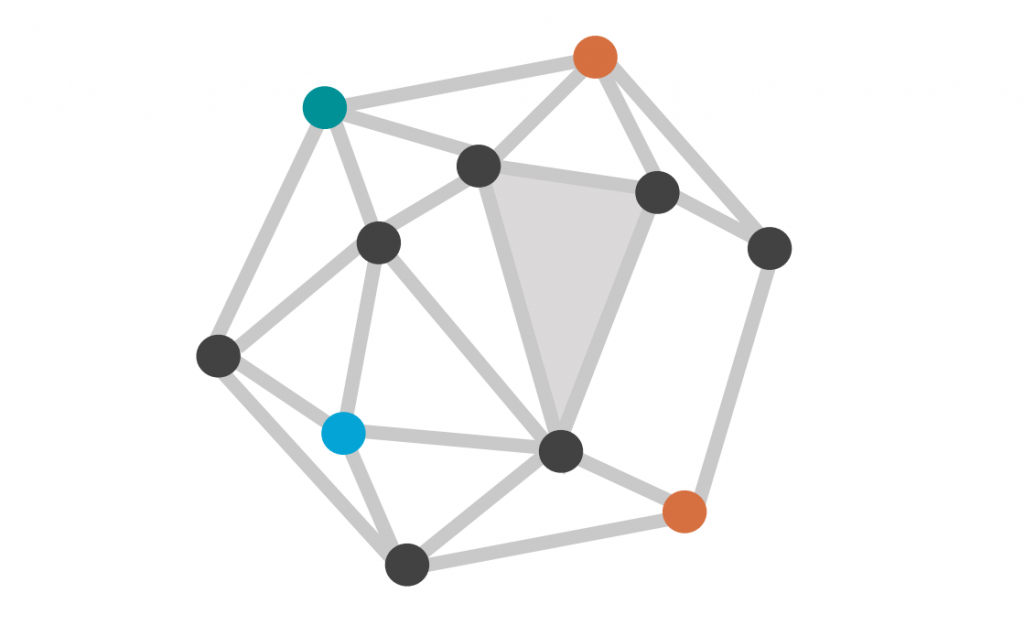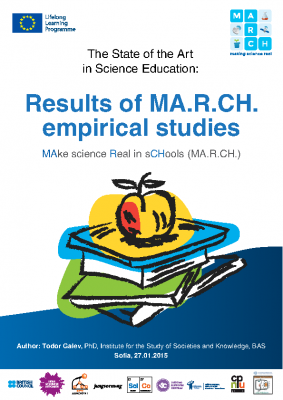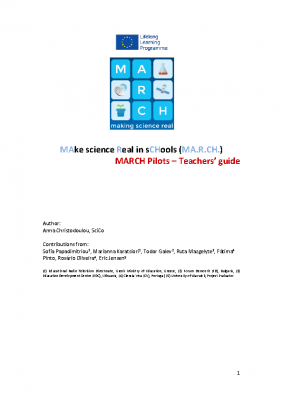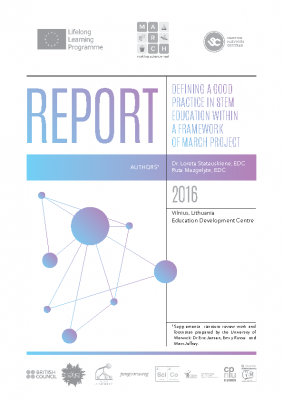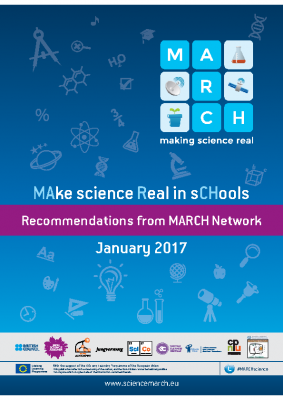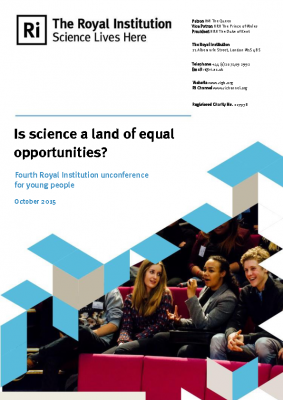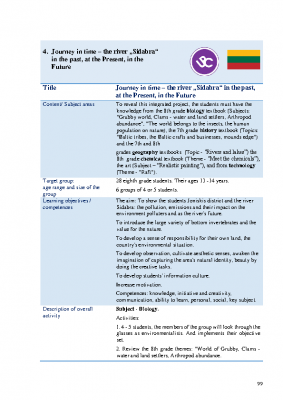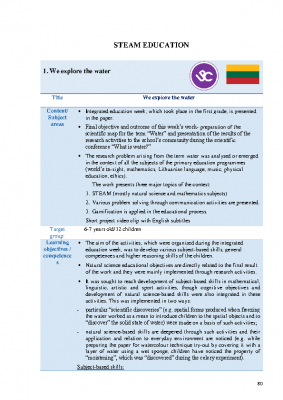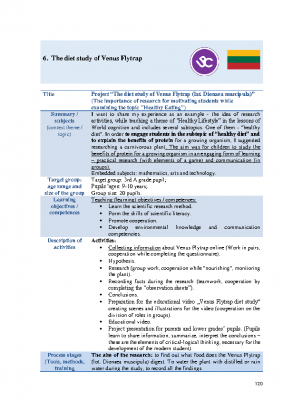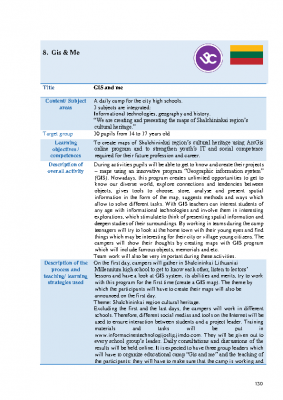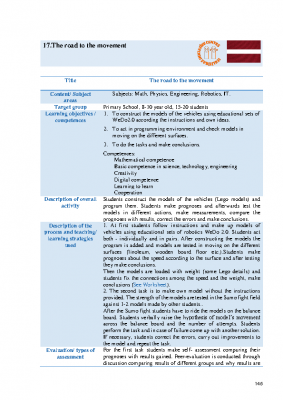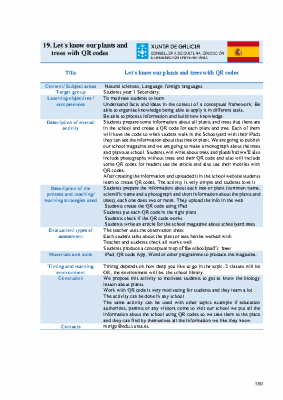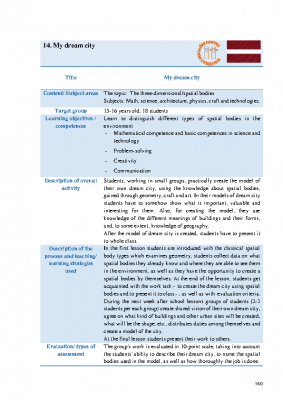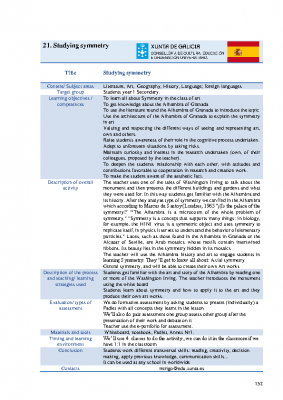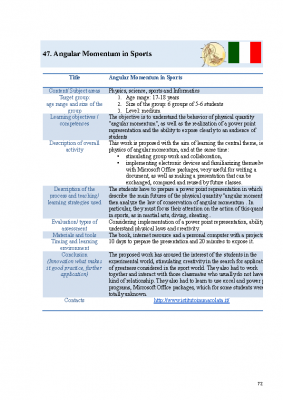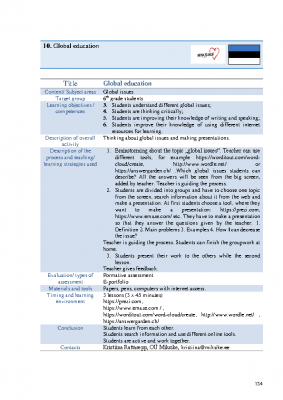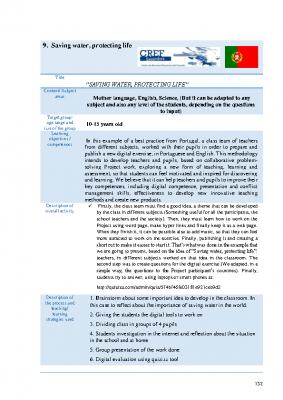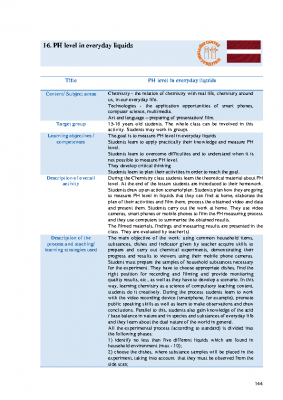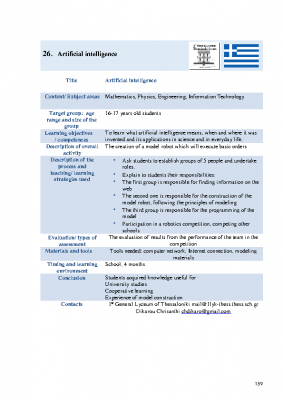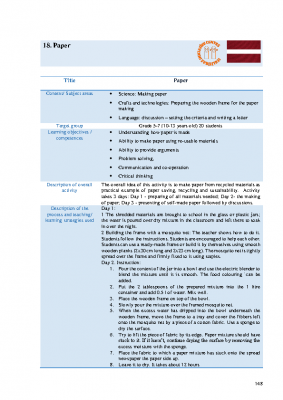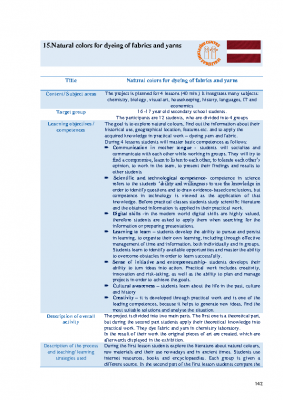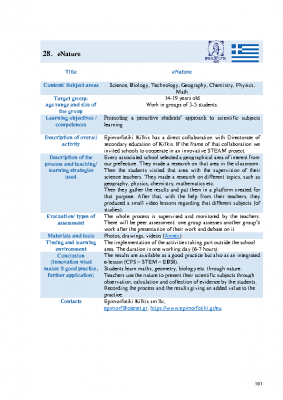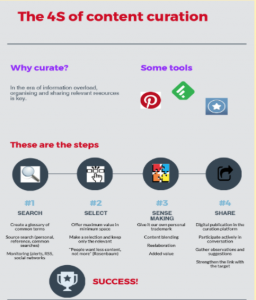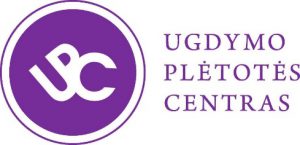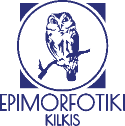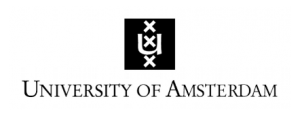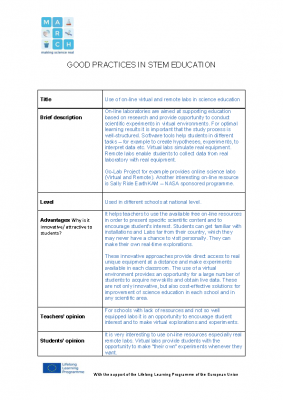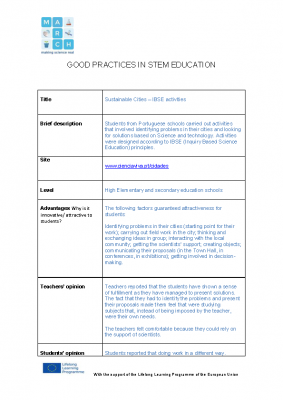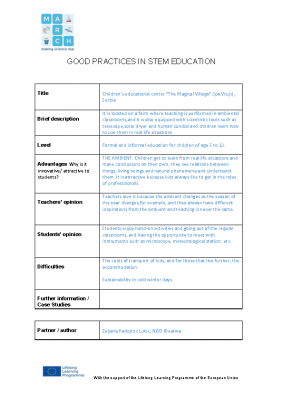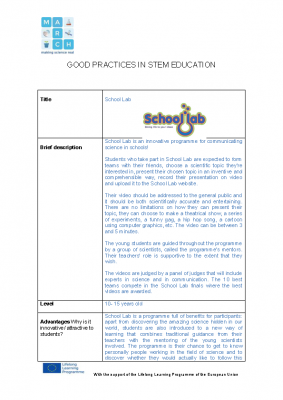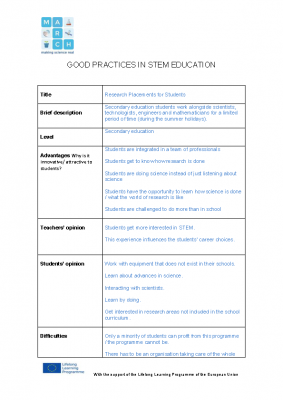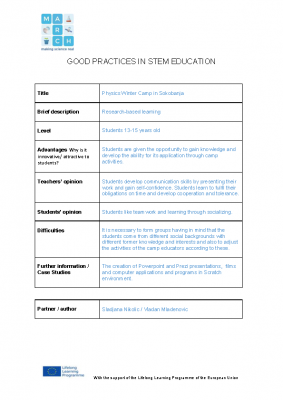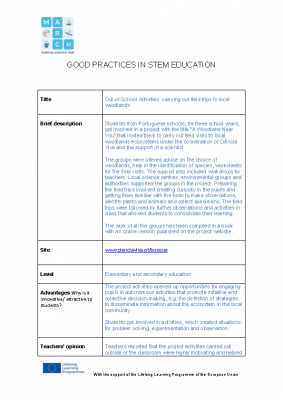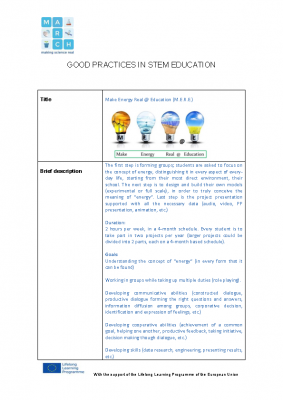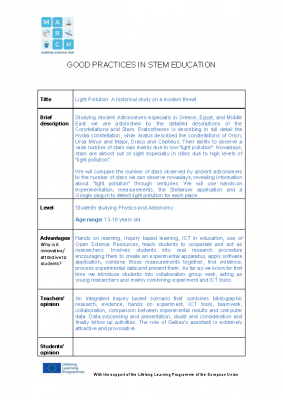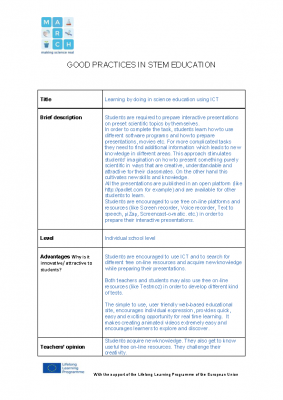STEM or STEAM?
That is the question?
In this first module we will see how this educational model came about, a little history and its origins, which are its foundations and why teachers must teach STEM.
Let’s go!
The module is created for basic, secondary schools STEM teachers and all teachers, who are interested in scientific approach of STEM education. These module aims to introduce for teachers the scientific principles governing the STEAM education. In the module participants will find out more about the STEAM psychology and epistemology, didactical principals and methodology. The main methods of STEAM teaching will be introduced. It will also try to give answers or the necessary information to some questions, such as:
- What is epistemology of STEAM?
- How can we learn STEM?
- How does the STEAM psychology affect learning?
- What are the STEAM scientific principles on which we rely to learn?
- What do we have to pay attention to when implementing STEAM?
- What methods and approaches should school use to implement STEM and STEAM learning?
- What is the best teaching method to follow?
Also, participants will find information about STEAM learning environments, the using of student projects as a way to make STEAM interdisciplinary learning fit into the existing curriculum, Project -Based Learning, Problem – Based Learning, Collaborative Problem solving based learning, Inquiry-based learning and examples of it.
In this module examples of good practices focus on promotion of collaborative problem solving, STEAM education, gamification, using of ICT. There is lesson, lesson cycles, and project activities – descriptions or just ideas how to organize lessons based on STEAM, gamification, collaborative problem solving also learning science through nature. Good practice descriptions also include information about materials and tools used in good practice. In many examples this information is enriched with links to teaching material, websites, platforms, which makes good practices a really useful source for lessons or project work.
At the end of the module, to certify competencies and skills developed, participants will receive an electronic badge of participation.
The module “Examples of themes STEAM & Interdisciplinary Problems Based Learning styled designer – hands-on” aims to introduce teachers to tools and exchanges about the implementing STEAM in the classroom. The course is designed in response to the increasing challenges faced by educators around the world to accommodate the rising importance of STEAM education and technology in education and the impact this has on teaching and learning. The module covers four themes:
- How to create STEAM Team for educators & students
- What is modern methodologies and the relation with STEAM?
- Lesson plan creation/assessment/expansion
- Thinking skills at school
which introduce you to key themes like STEM activities planning, teamwork, develop a compilation of resources to use right away, create and implement new tools and teaching-learning methods in the classroom and allow you to exchange with your peers about your own experiences of trying out new activities and technologies in the classroom.
This is the fifth module of this MOOC. Here you will learn about Sustainability: how to create a sustainable STEAM environment within your school organization? This module consists of four sections:
- Section A: Three levels of Sustainability
- Section B: Inventory
- Section C: Collaboration and Project Based Learning
- Section D: Evaluation in Relation to Sustainability
The total amount of time it will take to complete this module is an estimated five hours. At the very end, a final assignment will establish if you’ve reached the intended learning objectives.
Each section will guide you through the topic with explanatory video clips, texts to read, exploring exercises, assignments and the sharing of your findings and thoughts with other participants in this MOOC.
Assignments partly consist of multiple choice questions you can fill out in the exercise itself. The other assignments are writing assignments you can not submit directly, but write down either on paper or digitally for yourself and/or your organization. These answers are also used to share with your fellow participants.
Although this MOOCs target audience is teachers, the information and assignments in this module might be of value as well for school board members and management. However, for convenience, participants will be addressed as being a teacher.
You will be introduced to each section by Katinka, a Neurosciences student and part time STEAM teacher from the University of Amsterdam. Proceed to the next page to meet her at Section A, on the three levels of sustainability.

